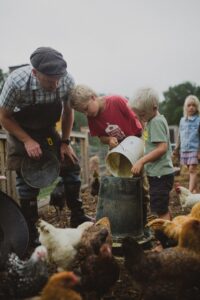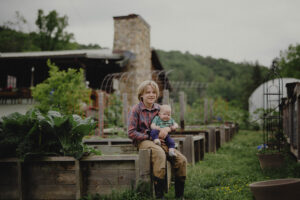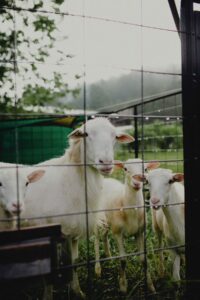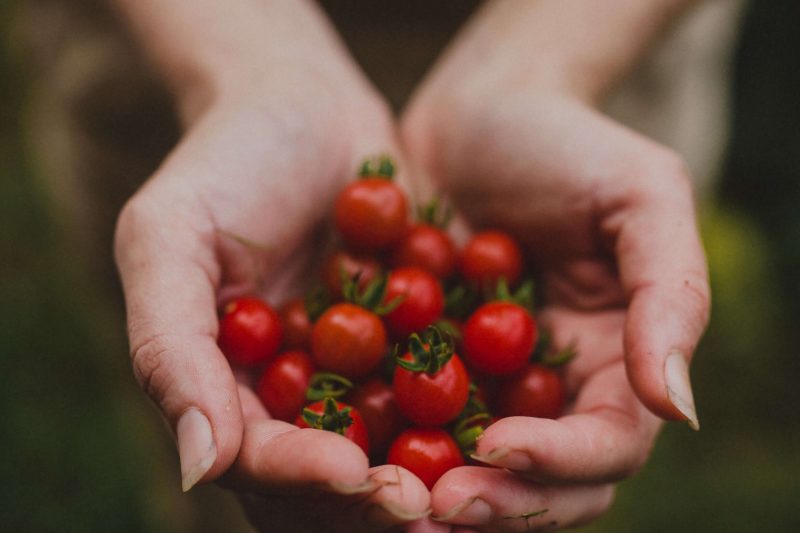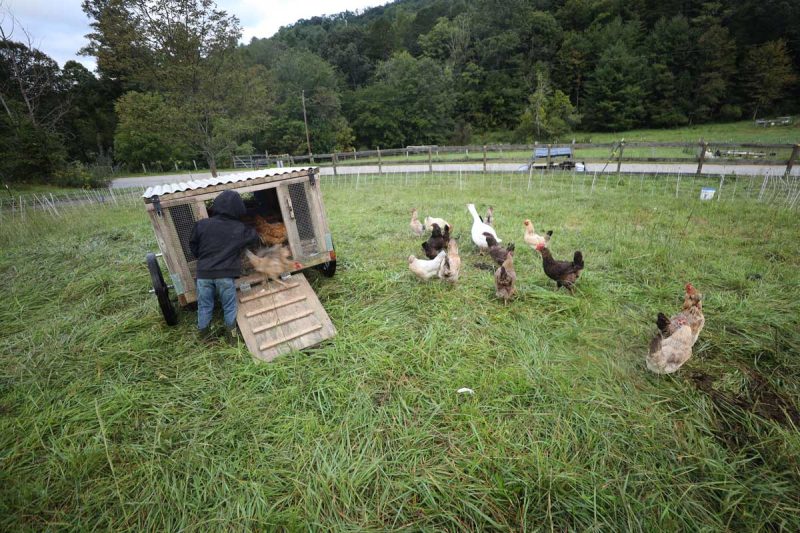Read on to learn how to improve the ethics and time spent managing your milk cow when adopting the calf sharing method.
Why We Choose to Calf Share
You might be asking, “What is calf sharing?” Calf sharing, or milk sharing, is when a farmer shares the quantity of milk from a dairy cow with her calf.
With calf sharing, our cows can spend many hours a day with their mother. On other large dairy farms, calves and mothers are split apart within 24 hours of calving, and the calf receives milk replacers.
We don’t follow those practices of farming on our permaculture farm. We find that cow and calf are healthy and happy when we calf share. Calf sharing is the permaculture way. It’s a give-and-take way of life, with happy cows, a happy farm, and fresh milk.
The Pros and Cons of Calf Sharing
While there are both pros and cons of calf sharing, we have found that the pros outweigh the cons.
Pros
- Milk for the Family – Milk sharing allows us to receive enough daily milk for our home.
- Lower Risk of Mastitis -You won’t have to empty your cow’s udder when milking her because the calf nursing will help fully empty her, which reduces the risk of mastitis. Learn more about mastitis prevention here, and mastitis treatment here.
- Healthy Calves – Nursing calves receive all the necessary nutrients from the cow’s milk supply. Nothing is better than momma’s milk to make a strong, healthy cow.
- No Bottle Feeding – With calf sharing, calves are fed daily by their mothers. We don’t have to add supplements or bottle feed them because the calves receive enough nutrients from their momma’s milk.
- Flexibility – You can leave the farm overnight without worrying about milking because the baby will take care of that chore for you.
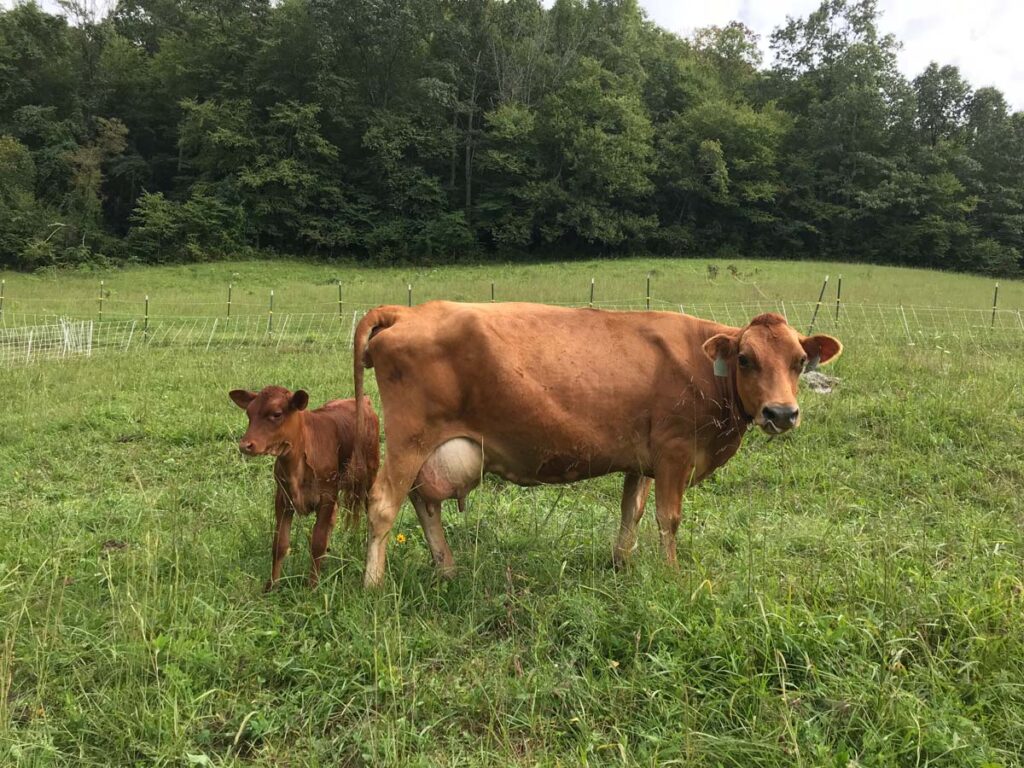
Cons
- Time – With calf sharing, you do have to move your calf in from the main fields every evening. There may be extra work in the evening, but overall, time is saved by not having to milk twice a day.
- The Best Goes to Calf – While we still receive higher quality milk than what we would buy at the grocery store, momma cow will always hold back the best nutrient-filled milk for her calf.
- Need More Space – Because calf sharing separates the cow and calf, you need more space, fences, and even stalls.

Best Time to Begin Calf Sharing
For the first ten days after calving, the calf and momma stay together 24/7 on our farm. We want our calves to get a heavy dose of the much-needed nutrients from the colostrum in the first few days.
After 24 hours of calving, we started milking every morning to create a supply-and-demand scenario for milk production. Our family cow, Flossie, gave us about a gallon of milk every morning, even with a calf nursing 24/7.
Once we separate the calf and momma, she will provide approximately 2 gallons daily.

How to Calf Share
After ten days, you can get started separating the cow and the calf at night for about 12 hours. The separating process provides up to 2 gallons of milk for our family.
- The first step is bringing the calf in from the field and placing it in a stall.
- During the 12 hours of separation, put the calf in a stall with clean bedding and fresh water. Keeping the calf in the stall keeps it out of the weather and protects it from predators.
- Momma will stay outside with the herd. Cows are herd animals, and she will be happier in the field.
- Routine is key. Over time, the momma and calf will know that they will see each other every day, but initially, the mama’s protective instincts may cause stress for both her and the calf.
- When morning comes, it’s milking time. We only milk once a day, but you could milk twice a day if desired. You will need to milk your cow before reuniting the calf and momma. During milking, you can take all the available milk or just a portion.
- After the morning milking, reunite the calf and cow for the whole day to spend together.
- Repeat the routine daily.
Enjoy the incredible benefits of calf sharing where you raise happy cows, and get delicious raw milk for your family.




